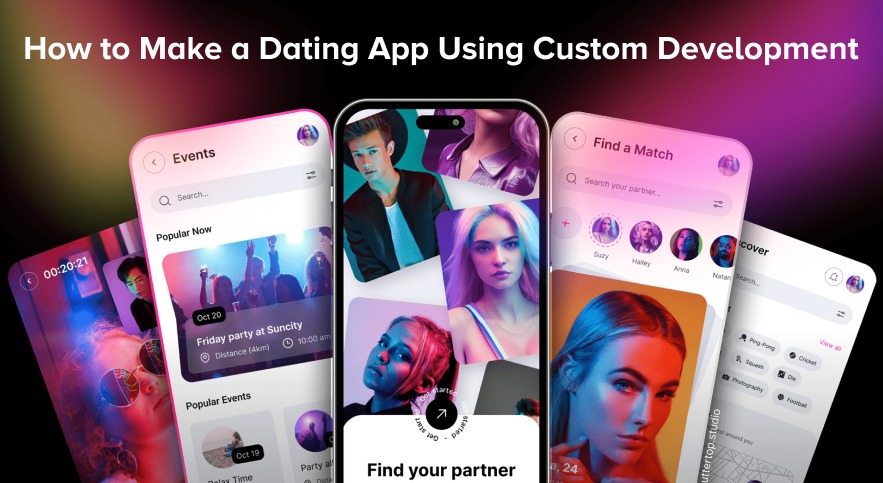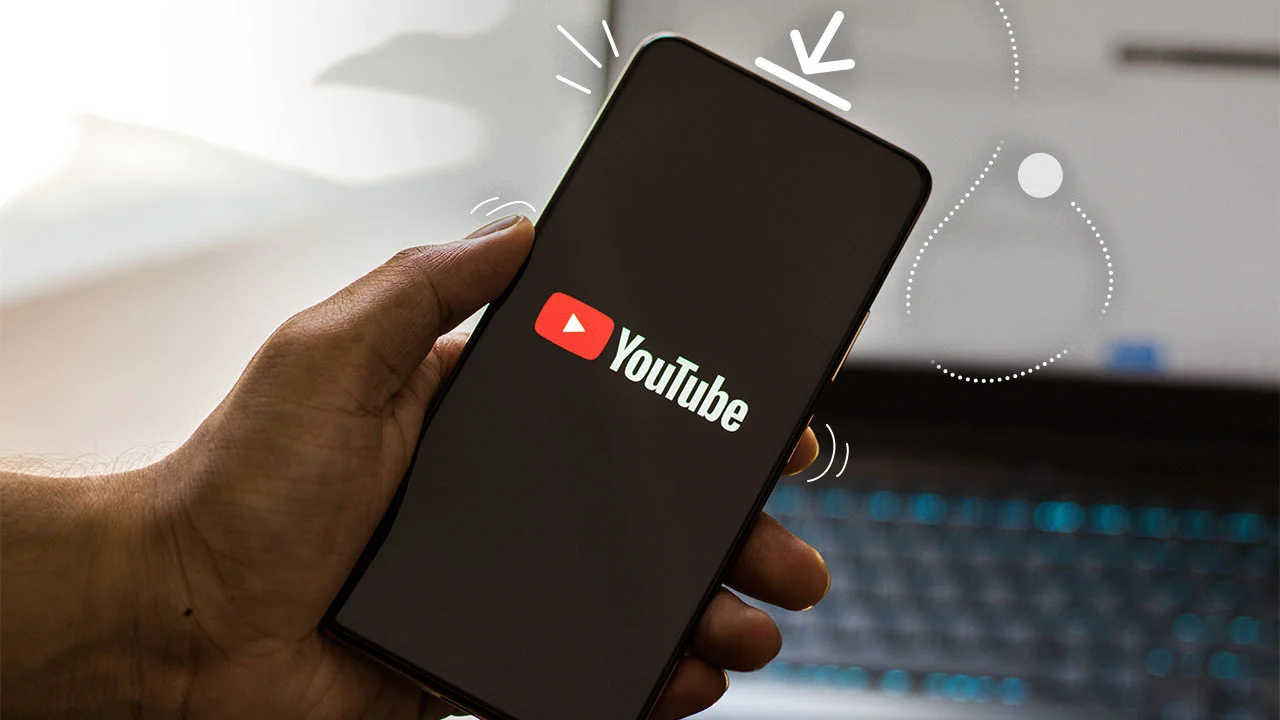Introduction
In today’s fast-paced digital world, dating apps have become an essential part of social interaction, allowing people to connect and build relationships with ease. However, developing a dating app can be a significant investment, particularly when you factor in the complexity of features, user experience, and the need for robust security measures. For startups and businesses looking to enter the dating app market, controlling costs without compromising quality is crucial.
This blog will explore ten effective strategies to minimize dating app development costs while ensuring that the final product meets the needs of users. We’ll also discuss market trends, estimate the overall cost of developing a dating app, and provide insights into how partnering with a reputable Dating app development company and choosing to Hire mobile app developers can optimize both cost and quality.
Market Stats 2024
The online dating market is expected to continue its upward trajectory, with projections indicating that the industry will generate over $10 billion globally by 2024. This growth is driven by increasing smartphone adoption, greater internet access, and a growing acceptance of online dating across various age groups.
As of 2024, the demand for niche dating apps is also on the rise, with more users seeking platforms that cater to specific interests, demographics, and relationship goals. This trend creates opportunities for new players in the market, but it also underscores the need for cost-effective development solutions to compete with established apps.
10 Ways to Minimize Dating App Development Cost
- Define a Clear MVP (Minimum Viable Product)
- One of the most effective ways to reduce development costs is by focusing on building a Minimum Viable Product (MVP) that includes only the essential features needed to launch the app. This allows you to test the market with a functional product and gather user feedback before investing in additional features.
- Choose the Right Development Platform
- Selecting the appropriate platform for your dating app—whether iOS, Android, or both—can significantly impact the development cost. If your budget is limited, consider launching on one platform first and expanding to the other later. Alternatively, opt for cross-platform development to build a single app that works on both platforms.
- Leverage Pre-Built Solutions and APIs
- Instead of building every feature from scratch, utilize pre-built solutions and third-party APIs for common functionalities like chat, geolocation, and payment processing. This approach can save both time and money, allowing you to focus on customizing the app’s unique features.
- Outsource Development to an Experienced Team
- Partnering with an experienced Dating app development company or choosing to Hire mobile app developers from regions with lower labor costs can significantly reduce your overall development expenses. Look for a team with a proven track record in dating app development to ensure quality and efficiency.
- Prioritize Core Features
- Avoid feature creep by prioritizing core features that are essential for your dating app’s success. Additional features can be introduced in future updates, once the app gains traction. Focus on creating a seamless user experience with must-have features like user profiles, matching algorithms, and secure messaging.
- Utilize Agile Development Methodology
- Adopting an agile development approach allows for iterative progress, meaning you can launch the app with essential features and add new ones in phases. This not only helps in managing costs but also ensures that the app can adapt to user feedback and market demands.
- Optimize the User Interface (UI) and User Experience (UX)
- A well-designed UI/UX can reduce development time by making the app more intuitive and easier to navigate. Use design templates and frameworks that align with your brand to streamline the design process and minimize the need for extensive revisions.
- Implement Automated Testing
- Automated testing tools can significantly cut down on the time and cost associated with manual testing. By identifying bugs and issues early in the development process, you can avoid costly rework later on. Automated testing also ensures that your app functions smoothly across different devices and operating systems.
- Consider Open-Source Tools
- Open-source tools and libraries offer cost-effective alternatives to proprietary software. These tools can be used for various aspects of app development, from back-end services to front-end design, helping you save on licensing fees and development time.
- Plan for Scalable Infrastructure
- Investing in scalable infrastructure from the outset can save costs in the long run. Choose cloud-based services that offer flexible pricing models, allowing you to scale up resources as your user base grows without incurring high upfront costs.
Estimated Cost of Developing a Dating Mobile App
The cost of developing a dating app can vary widely depending on the complexity of the app, the platform(s) chosen, and the location of the development team. On average, the cost to develop a dating app ranges from $50,000 to $150,000. This estimate includes:
- Design and Prototyping: $5,000 to $15,000
- Front-End and Back-End Development: $30,000 to $80,000
- Testing and Quality Assurance: $5,000 to $15,000
- Deployment and Launch: $5,000 to $10,000
These costs can be optimized by implementing the cost-saving strategies mentioned above, especially by outsourcing development and focusing on an MVP.
Cost to Develop a Dating App
A comprehensive dating app with advanced features like AI-powered matching, video calls, and real-time notifications may cost more to develop. The cost can range from $100,000 to $300,000 or higher, depending on the level of customization and additional features included.
Key factors influencing the cost include:
- Complexity of Features: More advanced features will require more development time and resources, increasing the overall cost.
- Platform(s) Selected: Developing for both iOS and Android will increase costs compared to focusing on a single platform.
- Design Complexity: Custom, high-quality designs will require more time and effort, contributing to higher costs.
- Development Team Location: Developers in regions with lower labor costs, such as Eastern Europe or Asia, can help reduce expenses without compromising quality.
To get an accurate estimate, it’s advisable to consult with a Dating app development company that can provide a detailed quote based on your specific requirements.
Conclusion
Minimizing the cost of dating app development requires a strategic approach that balances quality with budget constraints. By focusing on core features, leveraging pre-built solutions, outsourcing development, and using open-source tools, you can significantly reduce your expenses while still delivering a high-quality app.
Partnering with a reputable Dating app development company and choosing to Hire mobile app developers with experience in the dating app space can further optimize your development process, ensuring that you get the most value for your investment. As the dating app market continues to grow, implementing these cost-saving strategies will position your app for success in a competitive landscape.
FAQs
- What is the most cost-effective way to develop a dating app?
- Focusing on a Minimum Viable Product (MVP), using pre-built solutions, and outsourcing development to an experienced team in a region with lower labor costs are some of the most effective ways to reduce development costs.
- How long does it take to develop a dating app?
- The development timeline can range from 4 to 6 months for a basic dating app, with more complex apps taking up to 12 months or longer.
- Should I develop for iOS, Android, or both?
- If budget is a concern, consider starting with one platform based on your target audience’s preferences. Alternatively, opt for cross-platform development to create a single app that works on both iOS and Android.
- What are the ongoing costs after launching a dating app?
- Ongoing costs include app maintenance, updates, server hosting, customer support, and marketing. These costs can range from 15% to 20% of the initial development cost annually.





